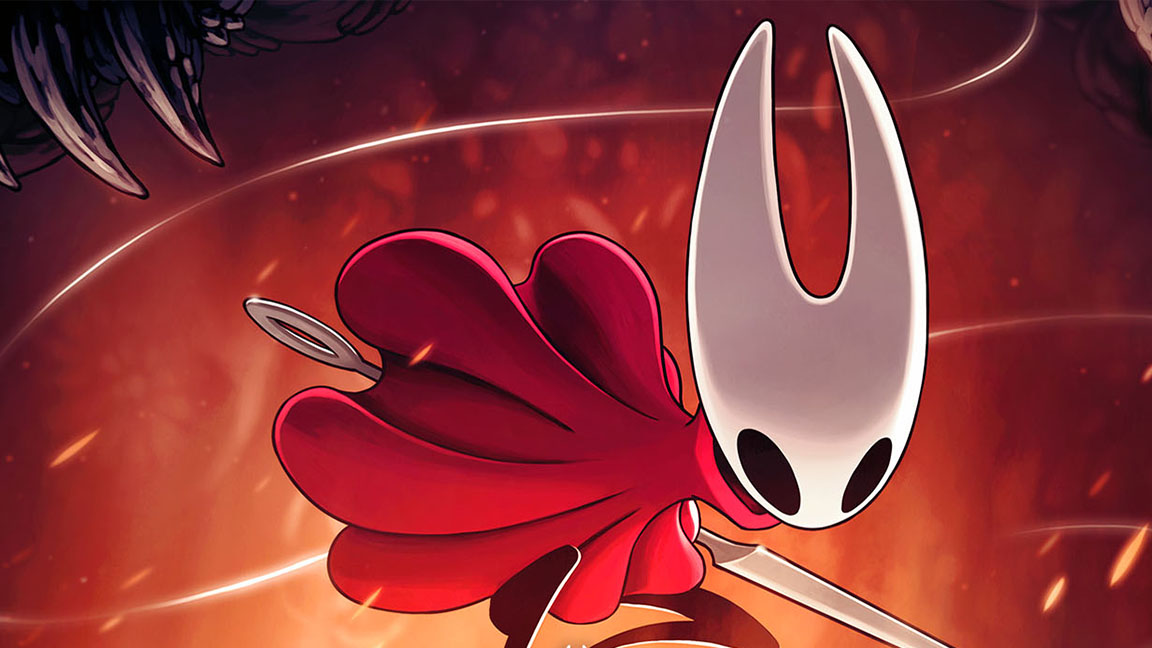3 things agencies need for a healthy design culture
In the runup to his talk at our Generate event (September 17-18), Verne Ho describes the three pillars of a healthy design culture.
As start-ups and studios grow into mature organisations, there's a need to evolve design from something that is simply done, to something that is practiced. The difference is subtle but critical: doing design is a short-term focused activity, but having a design practice focuses on building long-term sustainable success.
In his talk at Generate London this year, Verne Ho will focus on helping design teams build resilient practices and discuss how the health of their practice inevitably maps back to the health of their design culture.
To give you a taste of the material he will cover, here he describes three ways that you can consider the strength of the design culture in your organisation.
See Verne Ho speak about design practice at Generate London 2015 - buy your ticket today!
01. Does your team have a common language?
Can you take any two designers on your team and put them in front of a piece of work and have them have a constructive discussion about it? Everybody has their own style of communication, but having a common language allows everyone on the team to collaborate effectively with each other.
Your language extends beyond just your vocabulary, too – it represents the ideals and philosophies that embody your team’s mission. You can build upon your language by creating more opportunities for your team to converse about design with each other in formal and informal settings.
02. Is there a mutual understanding each other’s strengths?
Design isn’t a linear scale of bad to good – people can be good in different ways. It's your team's ability to identify how those strengths are distributed that allow you to leverage the collective efforts of your people to produce great work.
Daily design news, reviews, how-tos and more, as picked by the editors.
Short of that, you might as well be a group of loosely tied freelancers. To avoid this, find ways to expose the work that everybody is doing as often as possible. More importantly, seek opportunities to highlight and celebrate the differences that make each designer unique.
03. Is there a shared sense of responsibility for each other’s work?
When work leaves your door, it gets attributed to the team, not the individual who led the work.
Having a shared sense of responsibility for all work means measuring the quality of your peers' work against your personal benchmark, and helping them close that gap if they fall short. To help create this shared sense of responsibility, educate and train your team to be better communicators and evangelists of their work, its significance to the team, and the areas they need support on.
Culture manifests itself out of the things that you do as a team. Having an understanding of where your culture stands today gives you an indication of what things to work on to ensure you have a happy, healthy, and high-performing team.
Verne Ho will be speaking at Generate London on 17-18 September 2015. Get your ticket now!
Liked this? Read these!
- Kim Goodwin on designing culture
- Photoshop tips, tricks and fixes to try today
- Brilliant Wordpress tutorial selection

Thank you for reading 5 articles this month* Join now for unlimited access
Enjoy your first month for just £1 / $1 / €1
*Read 5 free articles per month without a subscription

Join now for unlimited access
Try first month for just £1 / $1 / €1

The Creative Bloq team is made up of a group of art and design enthusiasts, and has changed and evolved since Creative Bloq began back in 2012. The current website team consists of eight full-time members of staff: Editor Georgia Coggan, Deputy Editor Rosie Hilder, Ecommerce Editor Beren Neale, Senior News Editor Daniel Piper, Editor, Digital Art and 3D Ian Dean, Tech Reviews Editor Erlingur Einarsson, Ecommerce Writer Beth Nicholls and Staff Writer Natalie Fear, as well as a roster of freelancers from around the world. The ImagineFX magazine team also pitch in, ensuring that content from leading digital art publication ImagineFX is represented on Creative Bloq.
